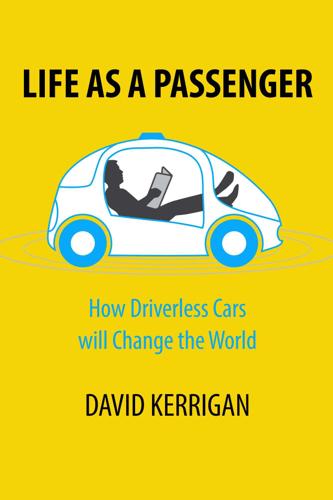
Life as a Passenger: How Driverless Cars Will Change the World
by
David Kerrigan
Published 18 Jun 2017
Unlike say, the steam engine, which was a relatively stand-alone system, driverless cars require radical developments in several fields - sensors, image recognition and Artificial Intelligence. These need to be combined to achieve a solution that can begin to be credible as a substitute for human control. Sensor Fusion As human drivers, we rely primarily on our eyes for inputs, while our brains analyse the situation and direct the muscles in our legs and arms to control the car via the steering wheel and pedals. For automation, sending the commands to the steering, braking and acceleration controls is technically very easy.
…
The hard part is “seeing” the world around it, interpreting it correctly and then proceeding safely. There is no one type of electronic sensor that provides all the inputs needed to drive as efficiently as the human eye, so most driverless cars rely on an approach of adding multiple types of sensor to vehicles and combining their inputs using a technique called Sensor Fusion. The following illustration shows a prototype driverless car, and the position of the various sensors that contribute to the overall ability of the car to “see”. Image courtesy Guilbert Gates/New York Times [83] With their combination of sensors, these cars can also sense far more than humans can.
…
All the sensors on these vehicles have been engineered and manufactured in-house by Waymo,[108] and include three types of LiDAR that operate at short, medium and long ranges, and the upgraded system on the Pacifica features eight enhanced camera modules and an additional high-resolution forward-looking multi-sensor module designed to be able to detect smaller objects like traffic cones at longer distances. Much like Apple carefully controls its customer experience because it builds both the software and the hardware for its product suite, Waymo can claim tighter integration between its sensor hardware, sensor fusion software, image recognition and other aspects of its self-driving system. Waymo also claims individual performance benefits in each of its new sensors, including vision cameras, radars and LiDAR, saying each provides better resolution, sensing distance and accuracy than the hardware it has been using on prior vehicles.[109] Show Me the Money Some idea of the scope of change we’re talking regarding the advent of driverless cars is evident given the investment that one of the world’s smartest companies have chosen to put into it.
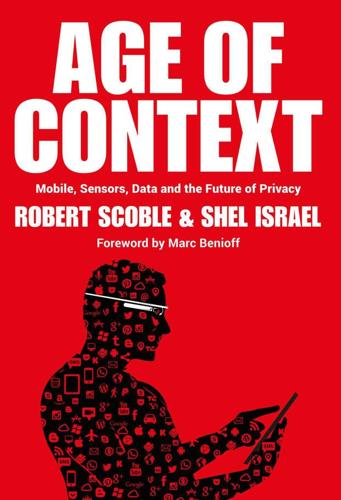
Age of Context: Mobile, Sensors, Data and the Future of Privacy
by
Robert Scoble
and
Shel Israel
Published 4 Sep 2013
An environmentally friendly company, Sensible Self, makes GreenGoose, cute little wireless stickers containing motion sensors that allow you to track anything that moves, from a pet or child to your phone, or even to check if your spouse left the toilet seat up. Melanie Martella, Executive Editor of Sensors magazine, introduced us to the concept of sensor fusion, a fast-emerging technology that takes data from disparate sources to come up with more accurate, complete and dependable data. Sensor fusion enables the same sense of depth that is available in 3D modeling, which is used for all modern design and construction, as well as the magic of special effects in movies. Sensors will understand if you are pilfering office supplies or engaging in a clandestine office affair.
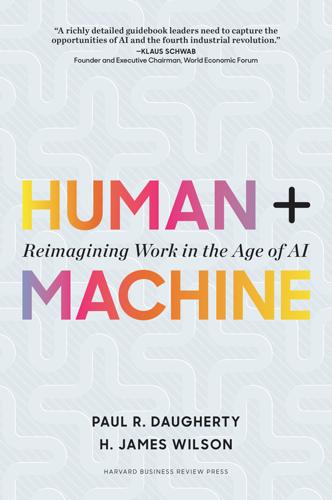
Human + Machine: Reimagining Work in the Age of AI
by
Paul R. Daugherty
and
H. James Wilson
Published 15 Jan 2018
In a pilot, the company observed an 8 percent productivity improvement in logistics tasks.a At Siemens, armies of spider-styled 3-D printed robots use AI to communicate and collaborate to build things in the company’s Princeton, New Jersey, lab. Each bot is equipped with vision sensors and laser scanners. In aggregate, they join forces to manufacture on the go.b At Inertia Switch, robotic intelligence and sensor fusion enable robot-human collaboration. The manufacturing firm uses Universal Robotics’ robots, which can learn tasks on the go and can flexibly move between tasks, making them handy helpers to humans on the factory floor.c a. Dave Gershgorn, “Hitachi Hires Artificially Intelligent Bosses for Their Warehouses,” Popular Science, September 8, 2015, www.popsci.com/hitachi-hires-artificial-intelligence-bosses-for-their-warehouses.
…
“What matters is companies that don’t continue to experiment or embrace failure eventually get in the position where the only thing they can do is make a Hail Mary bet at the end of their corporate existence. I don’t believe in bet-the-company bets.”5 Instead, Bezos firmly believes in the incredible power of experimentation. (For another example of experimentation in a retail setting, see the sidebar “Controlled Chaos.”) Build-Measure-Learn The technologies that power Amazon Go—computer vision, sensor fusion, and deep learning—are systems very much under development. Limitations include cameras that have a hard time tracking loose fruits and vegetables in a customer’s hands and difficulty recognizing a customer who pulls his hat low or puts on a scarf that obscures her face. These behaviors, inadvertently or on purpose, spoofed the system during the Amazon Go test run in Seattle.
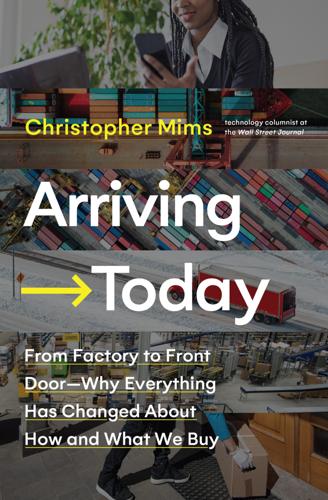
Arriving Today: From Factory to Front Door -- Why Everything Has Changed About How and What We Buy
by
Christopher Mims
Published 13 Sep 2021
If you’ve ever played with an AR app on your phone—say, the Ikea app, which shows you what furniture would look like in your actual home, using your phone’s camera and screen—that’s accomplished largely through SLAM. TuSimple’s system relies on “sensor fusion,” as the last step of localizing the truck in space. In the continuum from data to knowledge, sensor fusion is the part of perception in which information from all of a machine’s—or our own—senses is collected and synchronized. It’s essentially the creation of an internal consensus reality. For the purposes of a self-driving truck, sensor fusion is the process by which data from all those different sensors—the IMUs, GPS, cameras, lidar, and radar—are brought together in a single virtual world that depicts the moment-to-moment reality around the truck.
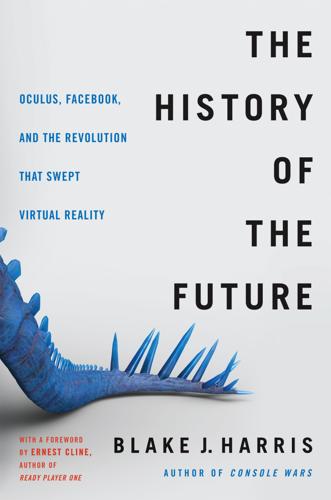
The History of the Future: Oculus, Facebook, and the Revolution That Swept Virtual Reality
by
Blake J. Harris
Published 19 Feb 2019
In some cases that may slow down progress in the beginning, but that makes me feel like I can really move fast down the line and make the right choices.” “That makes sense to me.” “I have not yet worked with gyroscopes before. So the orientation tracking, it is all very new to me. But I am beginning to better understand what needs to be done; I started reading about sensor fusion.” Sensor fusion is, literally, the process of fusing together data from multiple sensors. Specifically, Antonov was referring to the need for a VR headset to track head movements and orientation in a three-dimensional space. Central to accomplishing this is something called an inertial measurement unit (IMU), which is an electronic device that detects the rate of acceleration (via accelerometers), the rate of angular velocity (via gyroscopes), and the intensity of a magnetic field (via magnetometers).
…
He was always superpassionate about head-mounted displays and virtual reality. And he wanted something that actually allowed him to jack into the matrix for video games. PALMER LUCKEY The biggest change is that we’ve developed our own motion tracker sensor chips . . . [which] gives us better data, more samples to work with when we’re doing our sensor fusion, so we can get better tracking overall; and most importantly, because it’s running at 1000 Hz (instead of 250 Hz) and it’s four times faster, we can actually have less latency. Less time between when you make a motion and when it shows up on-screen. TESTED So right now you have, with head tracking, roll . . . but you don’t have depth yet.
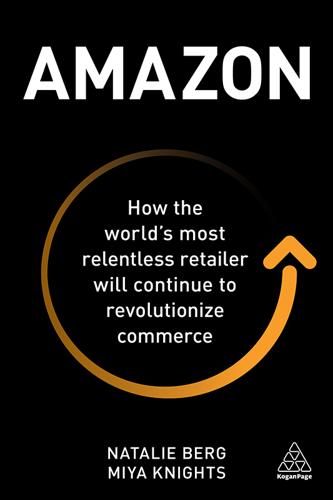
Amazon: How the World’s Most Relentless Retailer Will Continue to Revolutionize Commerce
by
Natalie Berg
and
Miya Knights
Published 28 Jan 2019
Addresses the perennial headache that is online returns, while driving footfall to Kohl’s. We expect this to be rolled out internationally. No 2018 Amazon Go Retail First checkout-free store. Shoppers scan their Amazon app to enter. The high-tech convenience store uses a combination of computer vision, sensor fusion and deep learning to create a frictionless customer experience. No 2019 and beyond Fashion or furniture stores would be a logical next step NOTE Amazon Go officially opened its doors to the public in 2018 SOURCE Amazon; author research as of June 2018 However, it was Amazon’s rather ironic launch of physical bookstores in 2015 that marked a genuine shift in strategy, as this was the first time Amazon mimicked digital merchandising and pricing in a physical setting.
…
The use of a mobile app is the most friction-free way to ensure a smooth Amazon Go experience when a customer enters the store. The removal of any human interface from the most friction-filled process of any store-based shopping journey, ie checkout, affords the customer unprecedented speed and simplicity. Autonomous computing: AI-based computer vision, sensor fusion and deep learning technologies power Amazon Go’s Just Walk Out technology. Just Walk Out technology operates without manual intervention, eliminating the need for checkout staff or hardware. It also eliminates shrinkage as a major source of loss for traditional brick and mortar retailers. Customers are charged with whatever goods they walk out with, even if they try to hide the fact from the store’s extensive computer vision camera systems.
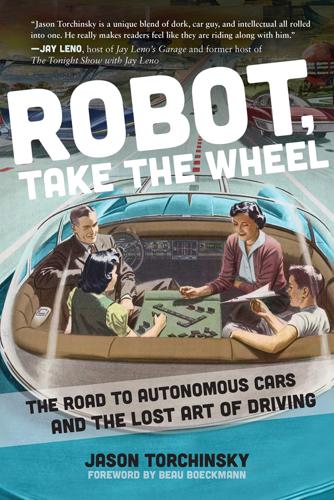
Robot, Take the Wheel: The Road to Autonomous Cars and the Lost Art of Driving
by
Jason Torchinsky
Published 6 May 2019
Autonomous cars will likely mean that no trip you take in them is ever going to be completely private, and we shouldn’t even kid ourselves into thinking otherwise. Everyone will be watching everything, everywhere. Communication and Combining Everything All of these different forms of world sensing are combined to create an overall, composite image of the surrounding reality for the car. Some call this “sensor fusion,”³³ and it’s especially important because each method, individually, has some pretty significant flaws and limitations that could cause real problems in practice. Supplementing the sensor data is communication, both between cars on the road and from more centralized sources. Individual cars will communicate with others in their vicinity, a process known as vehicle-to-vehicle (or V2V) communication.
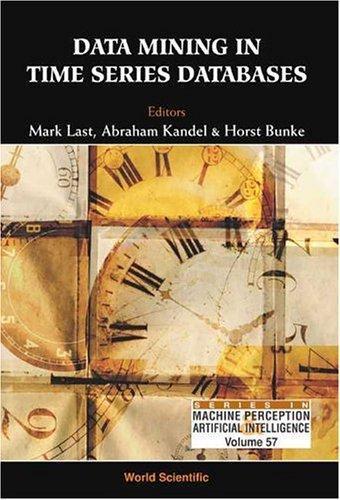
Data Mining in Time Series Databases
by
Mark Last
,
Abraham Kandel
and
Horst Bunke
Published 24 Jun 2004
Interesting applications of the median concept have been demonstrated in dealing with 2D shapes [16, 33], binary feature maps [23], 3D rotation [9], geometric features (points, lines, or 3D frames) [32], brain models [12], anatomical structures [37], and facial images [31]. In this paper we discuss the adaptation of the median concept to the domain of strings. The median concept is useful in various contexts. It represents a fundamental quantity in statistics. In sensor fusion, multisensory measurements of some quantity are averaged to produce the best estimate. Averaging the results of several classifiers is used in multiple classifier systems in order to achieve more reliable classifications. The outline of the chapter is as follows. We first formally introduce the median string problem in Section 2 and provide some related theoretical results in Section 3.
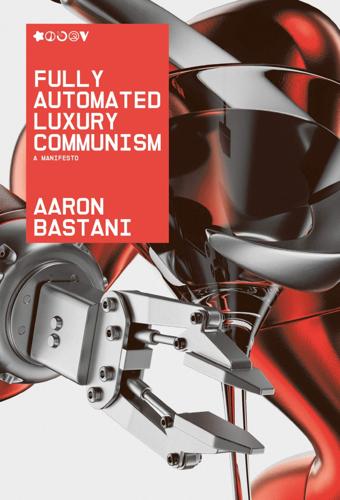
Fully Automated Luxury Communism
by
Aaron Bastani
Published 10 Jun 2019
While the world economy may be much bigger now than it was in 1900, employing more people and enjoying far higher output per person, the lines of work nearly everyone performs – drivers, nurses, teachers and cashiers – aren’t particularly new. Actually Existing Automation In March 2017 Amazon launched its Amazon GO store in downtown Seattle. Using computer vision, deep learning algorithms, and sensor fusion to identify selected items the company looked to build a near fully automated store without cashiers. Here Amazon customers would be able to buy items simply by swiping in with a phone, choosing the things they wanted and swiping out to leave, their purchases automatically debited to their Amazon account.
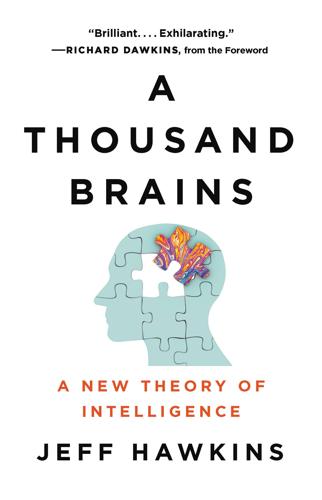
A Thousand Brains: A New Theory of Intelligence
by
Jeff Hawkins
Published 15 Nov 2021
Consequentially, the input to the neocortex is not like a photograph. It is a highly distorted and incomplete quilt of image patches. Yet we are unaware of the distortions and missing pieces; our perception of the world is uniform and complete. The hierarchy of features theory can’t explain how this happens. This problem is called the binding problem or the sensor-fusion problem. More generally, the binding problem asks how inputs from different senses, which are scattered all over the neocortex with all sorts of distortions, are combined into the singular non-distorted perception we all experience. • As I pointed out in Chapter 1, although some of the connections between regions of the neocortex appear hierarchical, like a step-by-step flowchart, the majority do not.
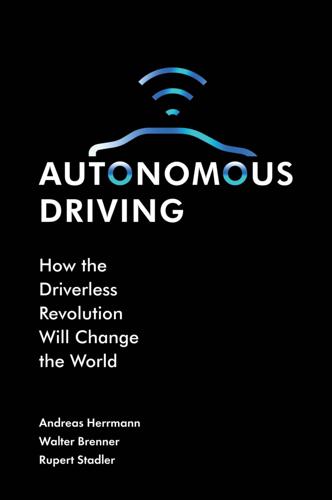
Autonomous Driving: How the Driverless Revolution Will Change the World
by
Andreas Herrmann
,
Walter Brenner
and
Rupert Stadler
Published 25 Mar 2018
However, it now seems clear that Google is primarily interested in collecting data on drivers and their vehicles, and that it sees the software as a new business model and does not want to produce cars. Players 183 Early in 2016, Nvidia surprisingly announced its own computing platform for controlling autonomous vehicles. This platform has sufficient processing power to support deep learning, sensor fusion and surround vision, all of which are key elements for a self-driving car. It also announced that its PX2 would be used as a standard computer in the Roborace series for self-driving race. Nvidia has also already built autonomous test vehicles, which have only been driven on test routes to date.
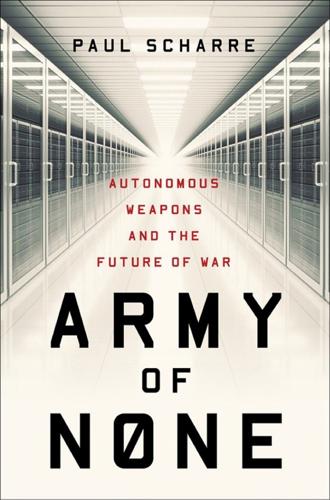
Army of None: Autonomous Weapons and the Future of War
by
Paul Scharre
Published 23 Apr 2018
Without a human in the loop as a final check, using this technology to do autonomous targeting today would be exceedingly dangerous. Neural networks with these vulnerabilities could be manipulated into avoiding enemy targets and attacking false ones. In the near term, the best chances for high-reliability target recognition lie with the kind of sensor fusion that DARPA’s CODE project envisions. By fusing together data from multiple angles and multiple types of sensors, computers could possibly distinguish between military targets and civilian objects or decoys with high reliability. Objects that are dual-use for military and civilian purposes, such as trucks, would be more difficult since determining whether they are lawful targets might depend on context.
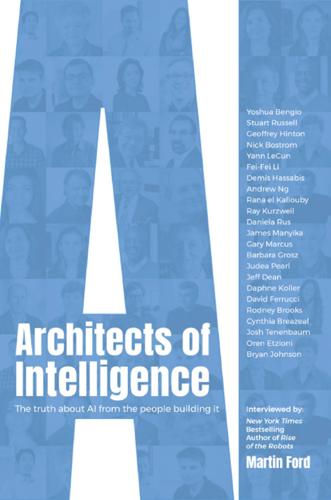
Architects of Intelligence
by
Martin Ford
Published 16 Nov 2018
I found machine perception particularly fascinating: the challenges of how to build learning algorithms for distributed and multi-agent systems, how to use machine learning algorithms to make sense of environments, and how to develop algorithms that could autonomously build models of those environments, in particular, environments where you had no prior knowledge of them and had to learn as you go—like the surface of Mars. A lot of what I was working on had applications not just in machine vision, but in distributed networks and sensing and sensor fusion. We were building these neural network-based algorithms that were using a combination of Bayesian networks of the kind Judea Pearl had pioneered, Kalman filters and other estimation and prediction algorithms to essentially build machine learning systems. The idea was that these systems could learn from the environment, learn from input data from a wide range of sources of varying quality, and make predictions.